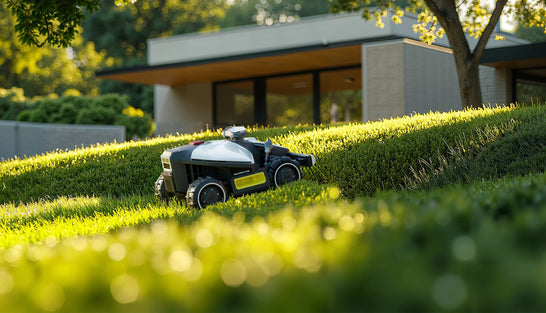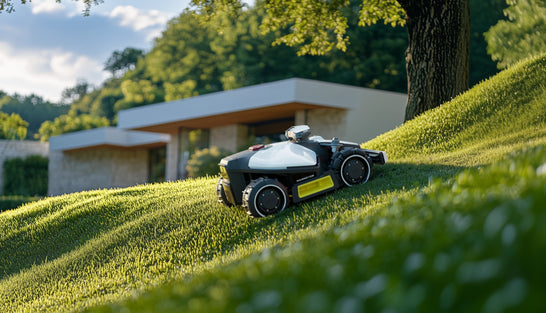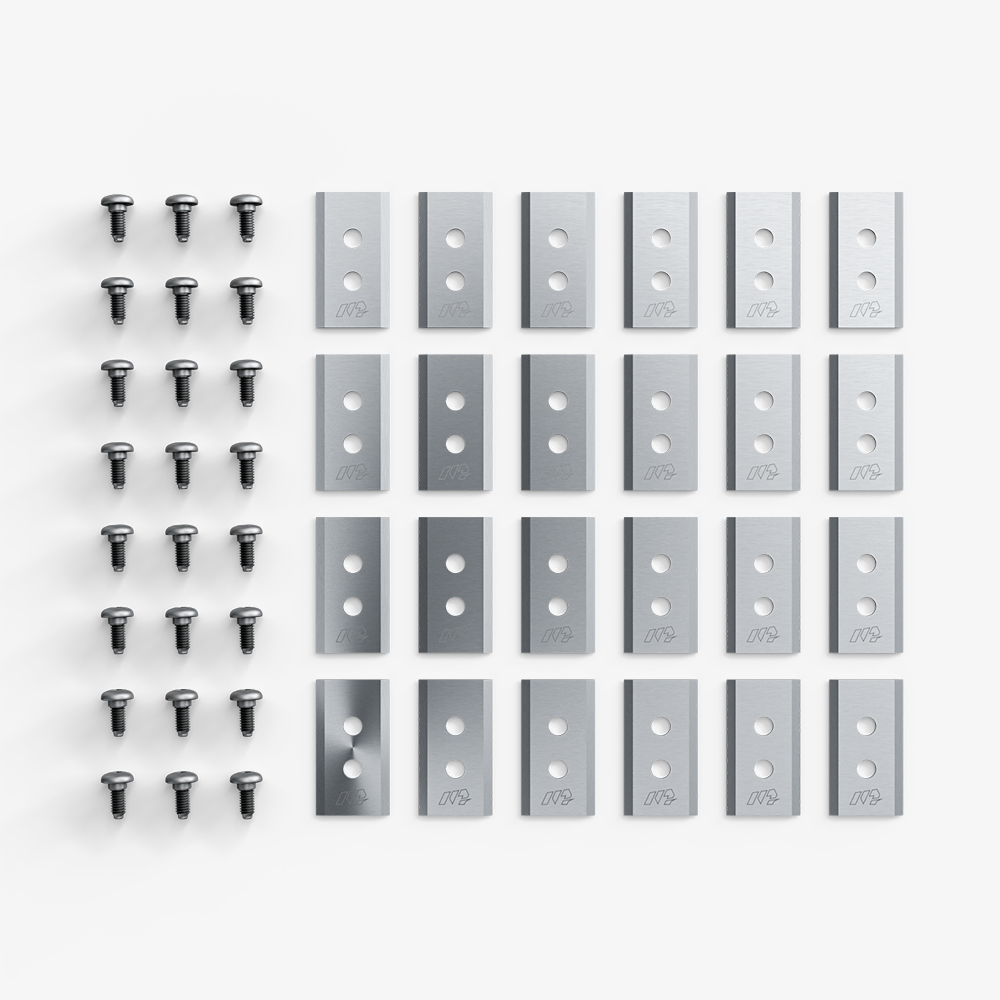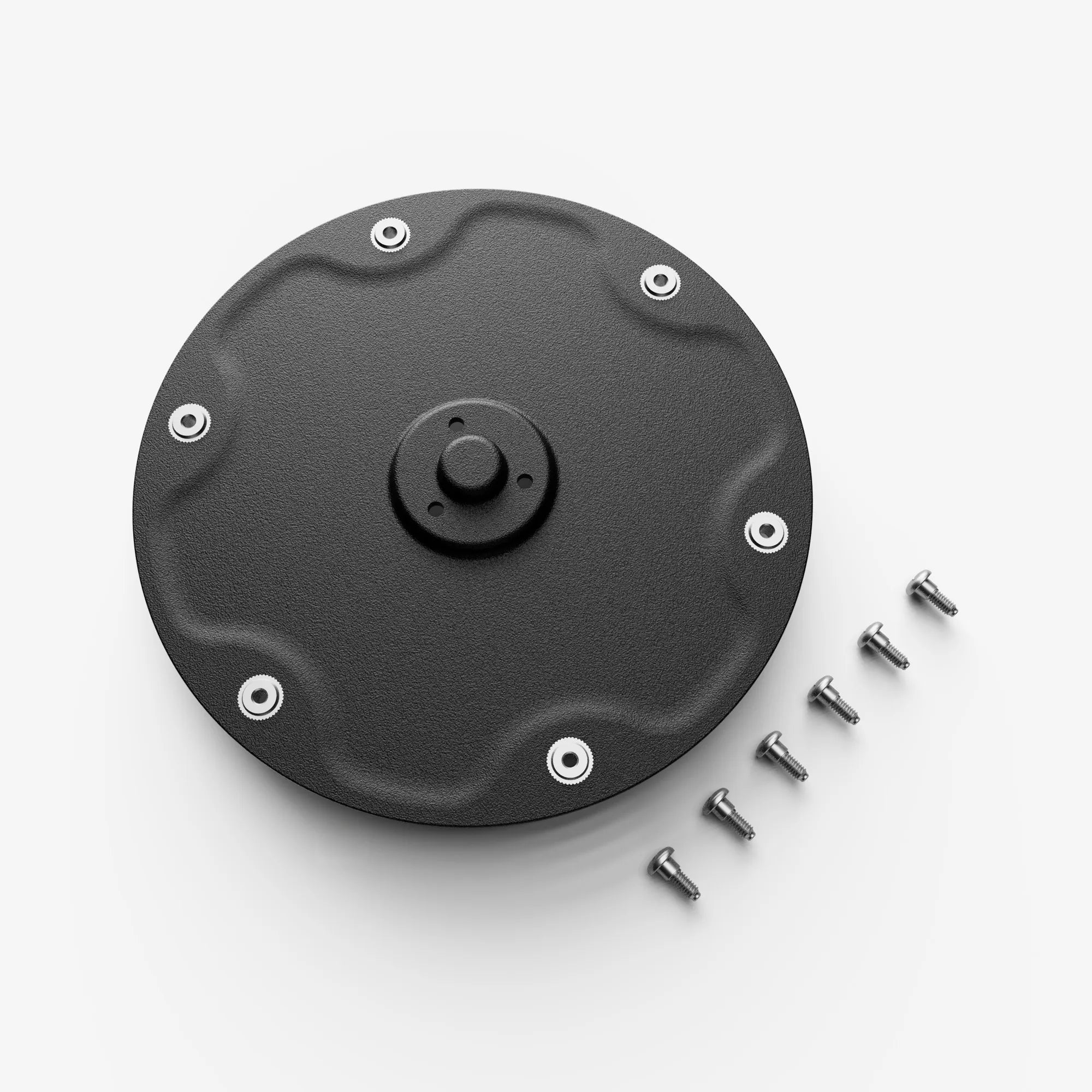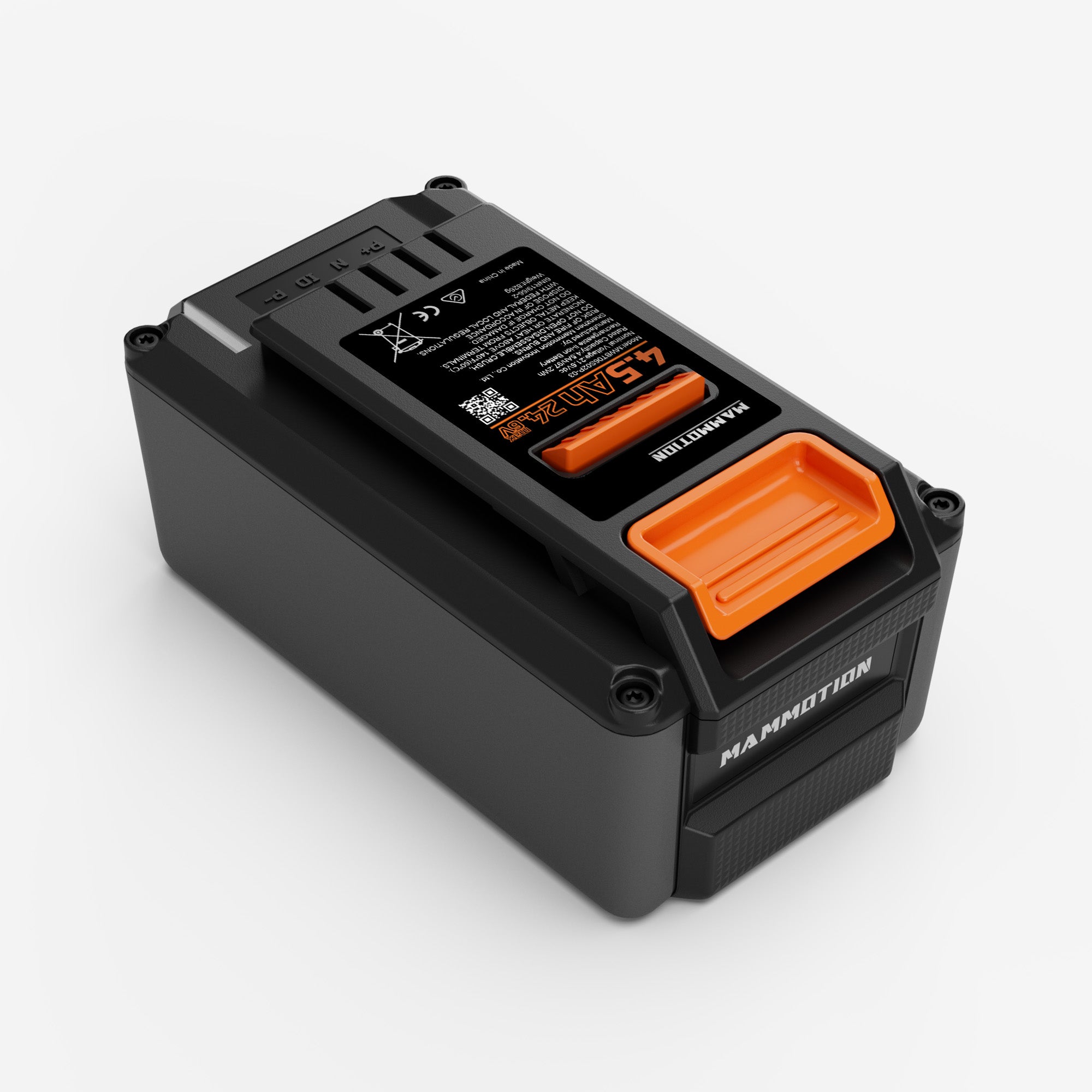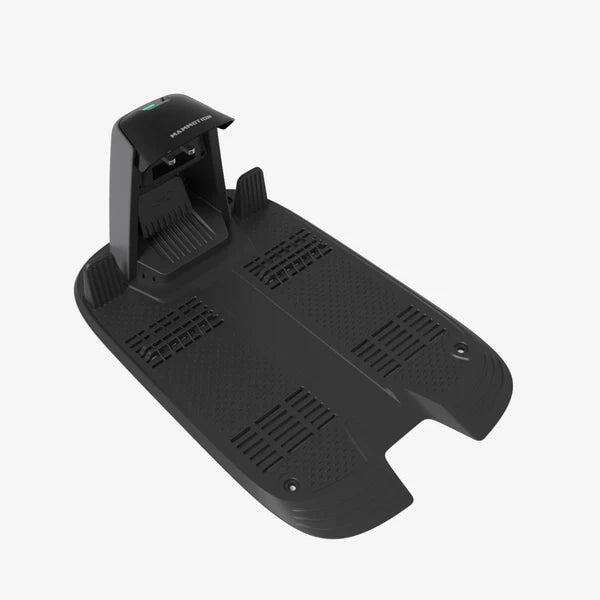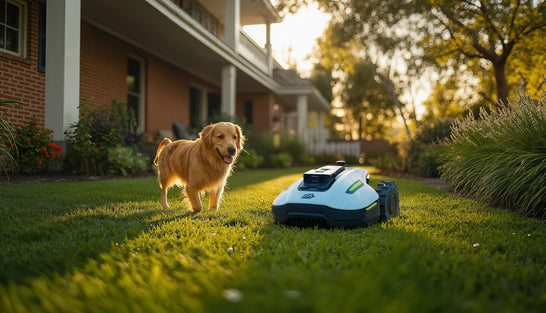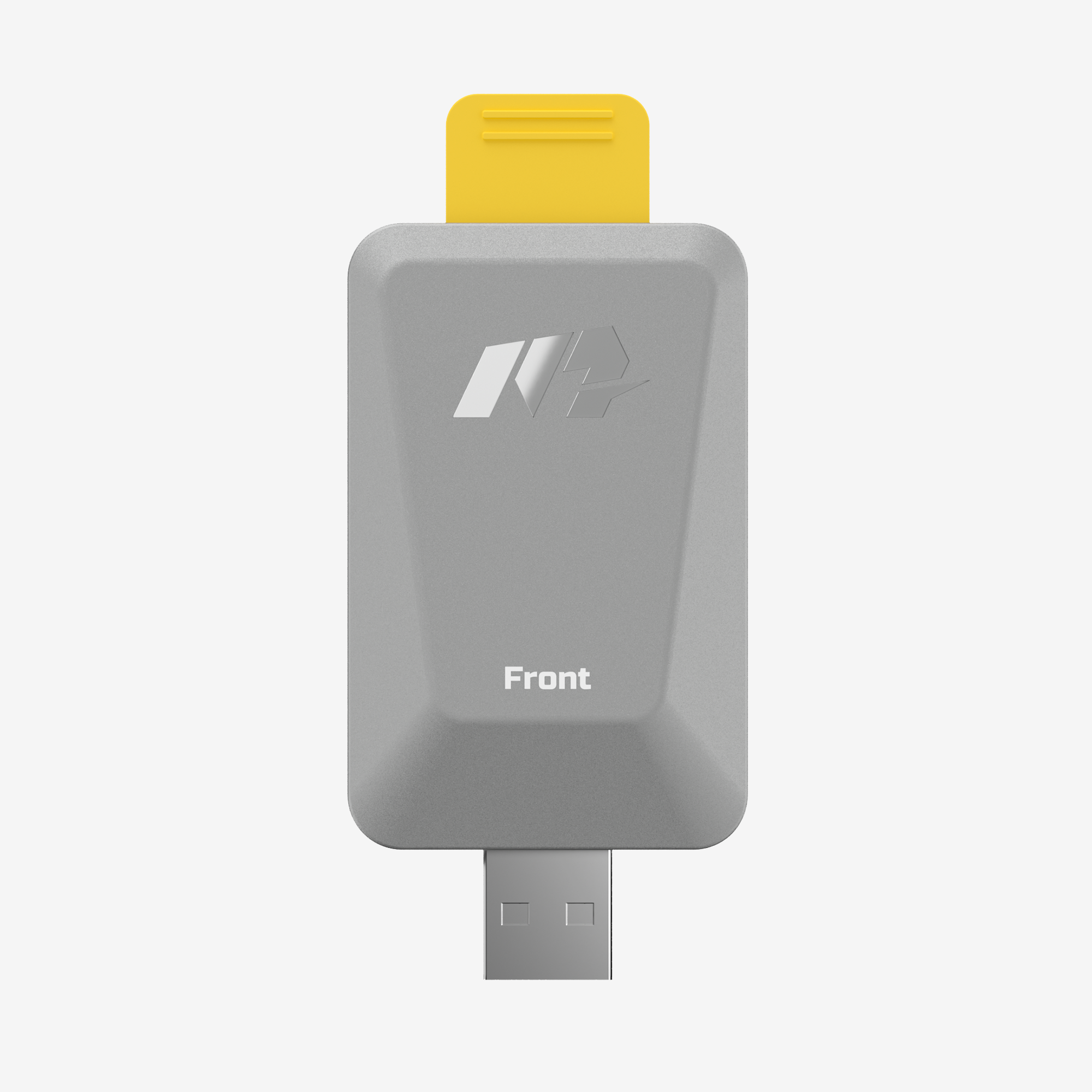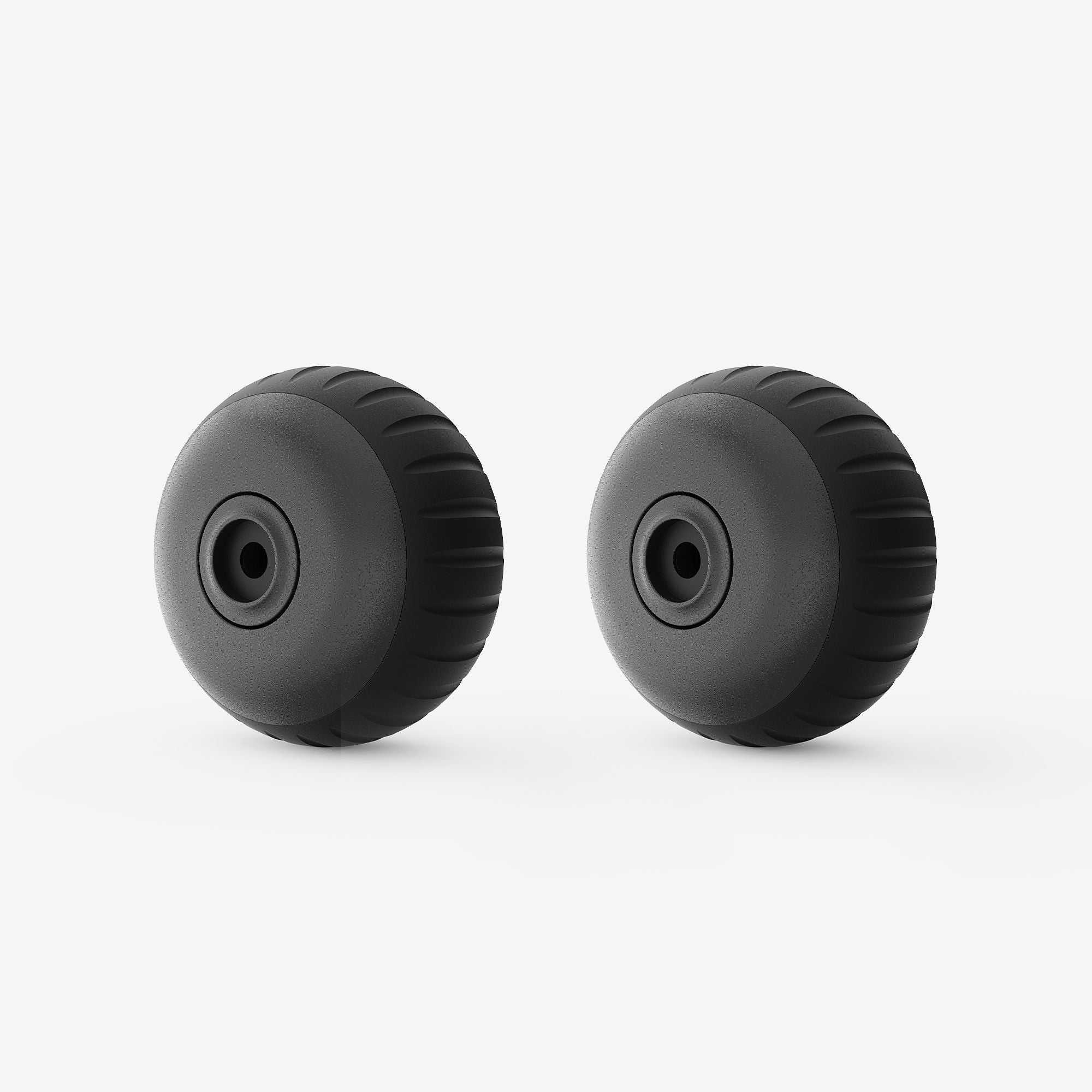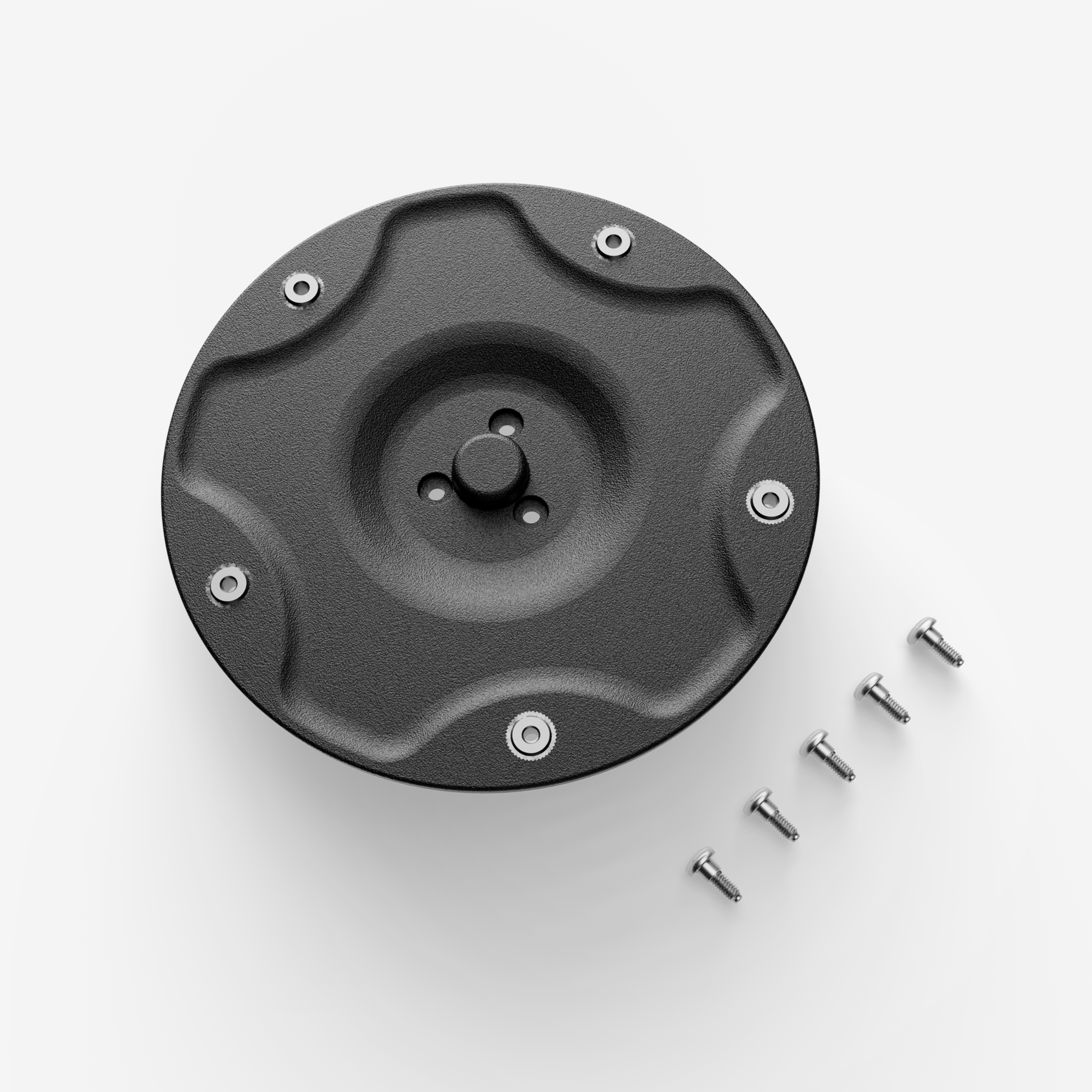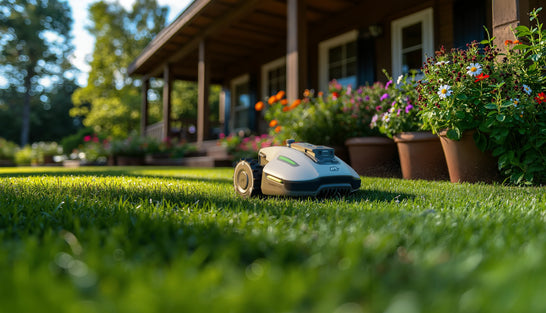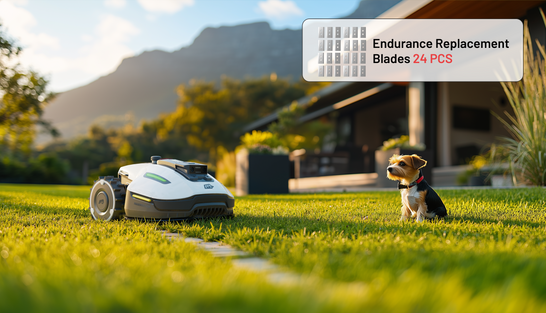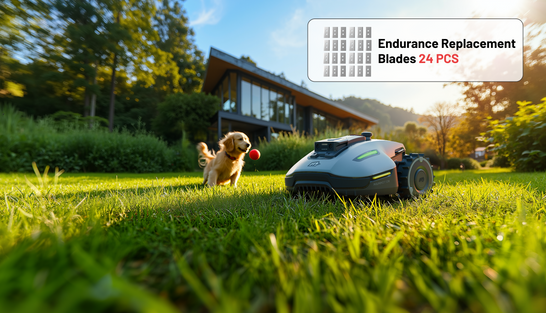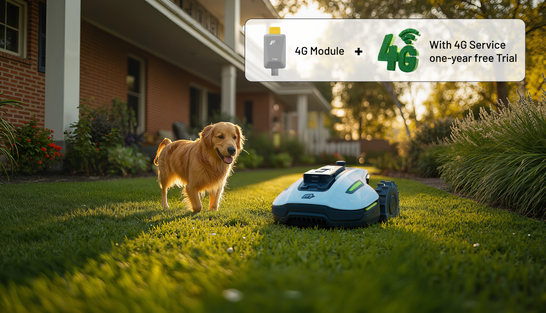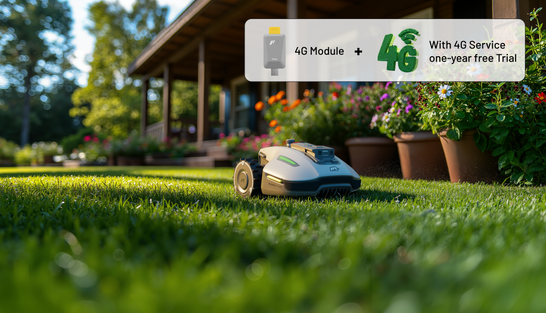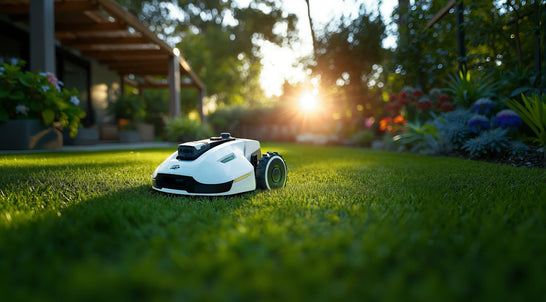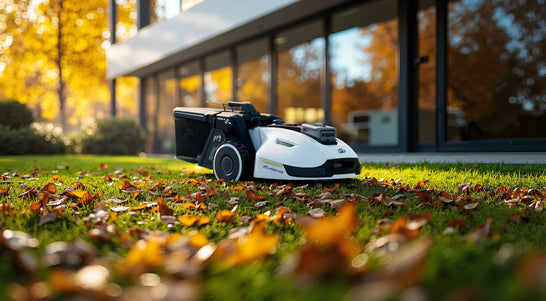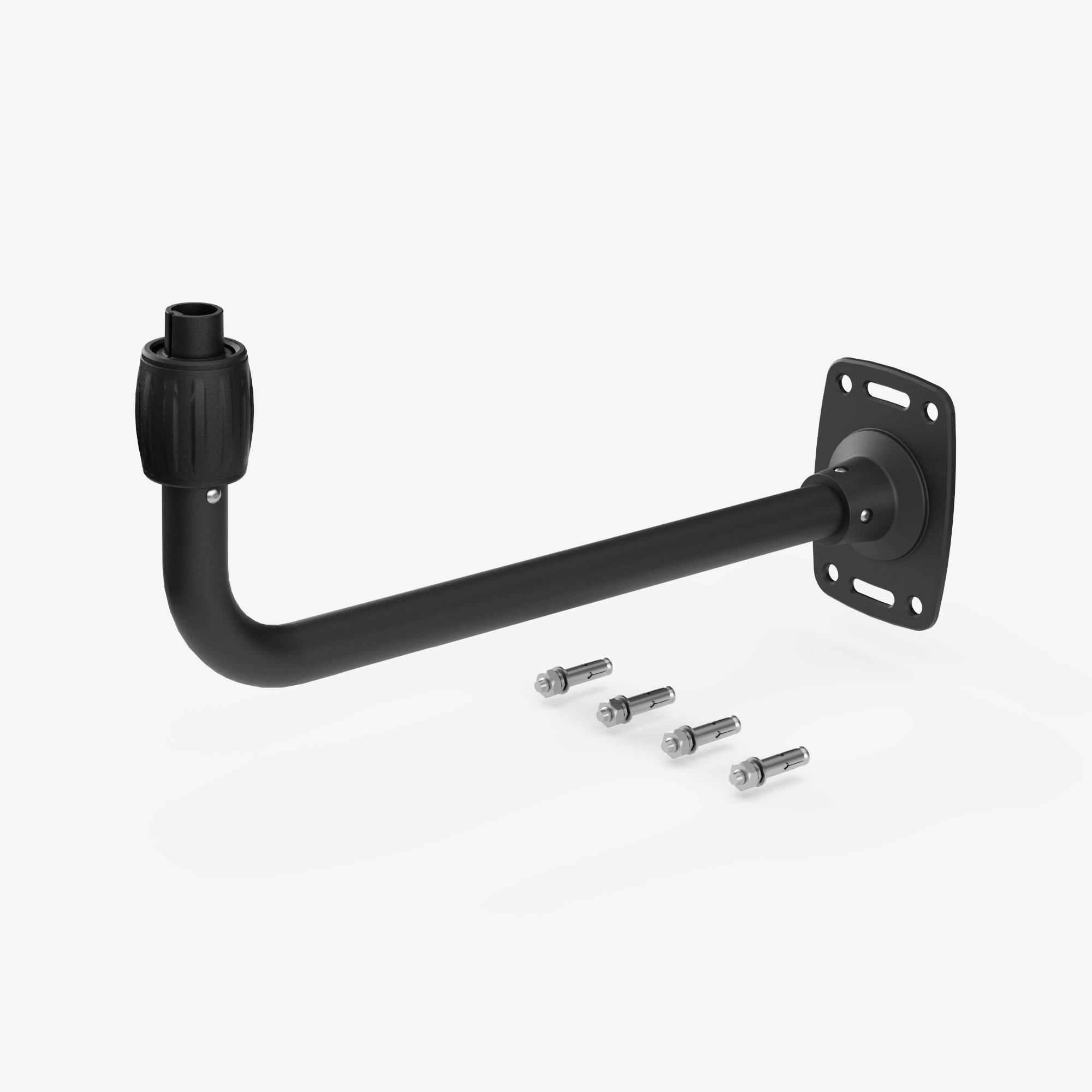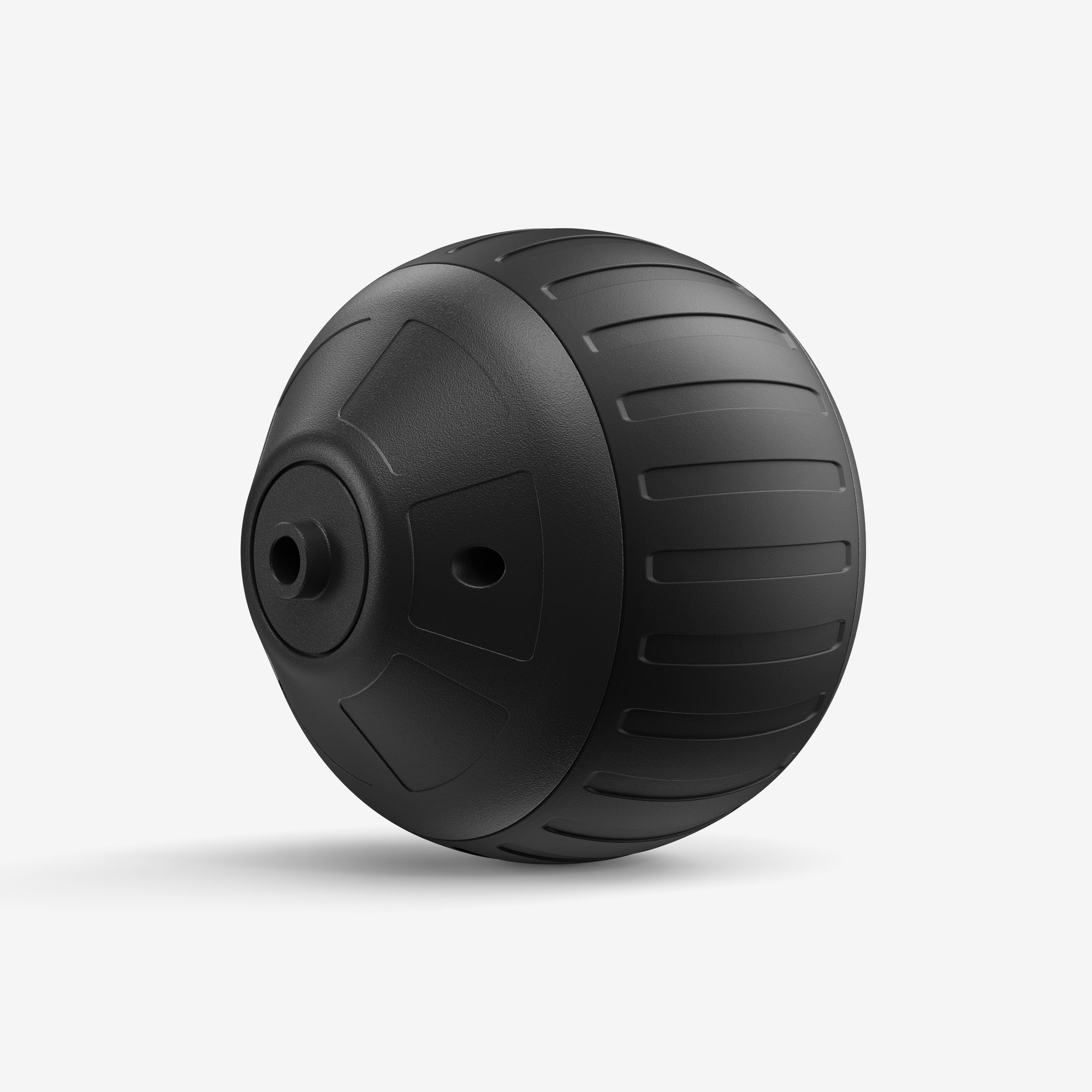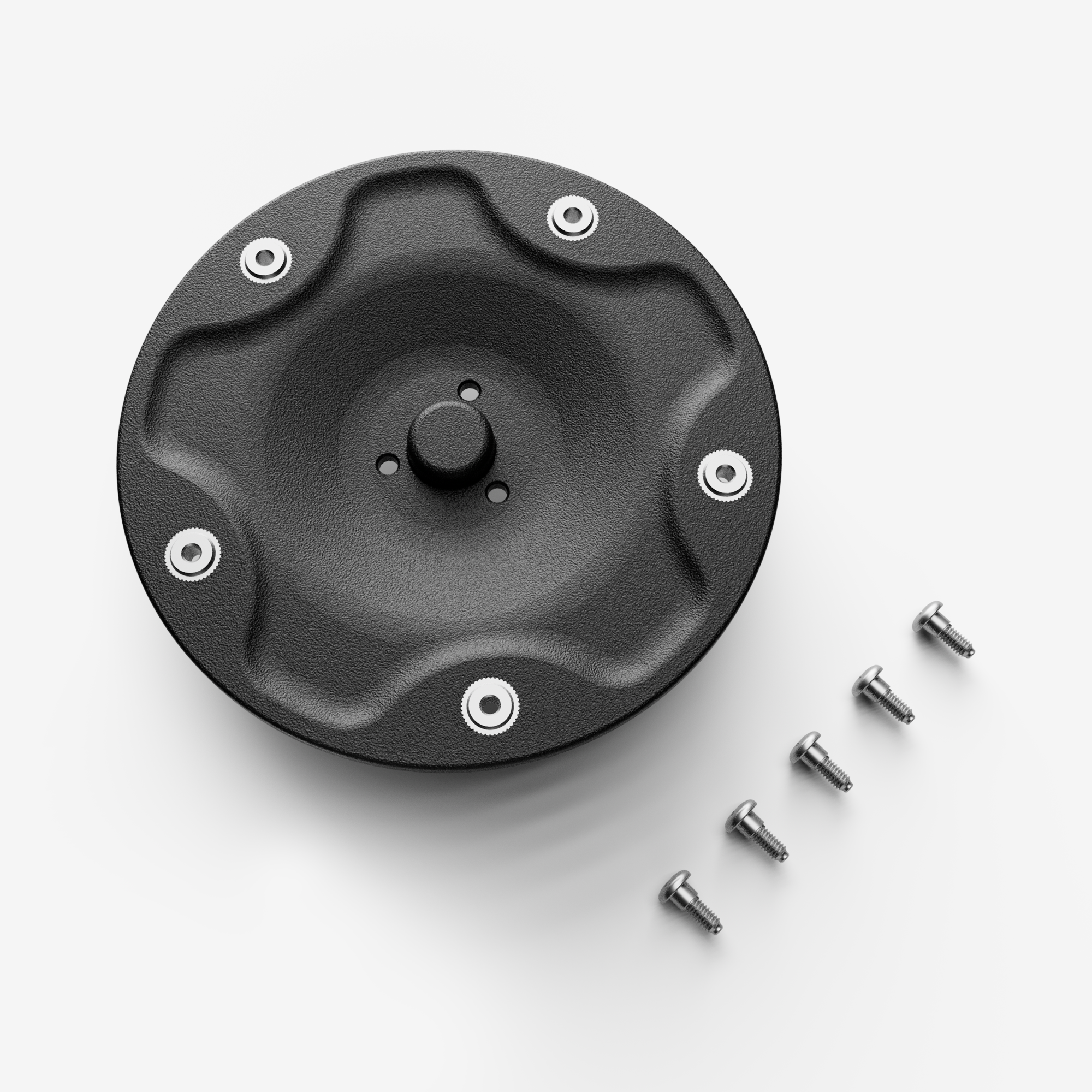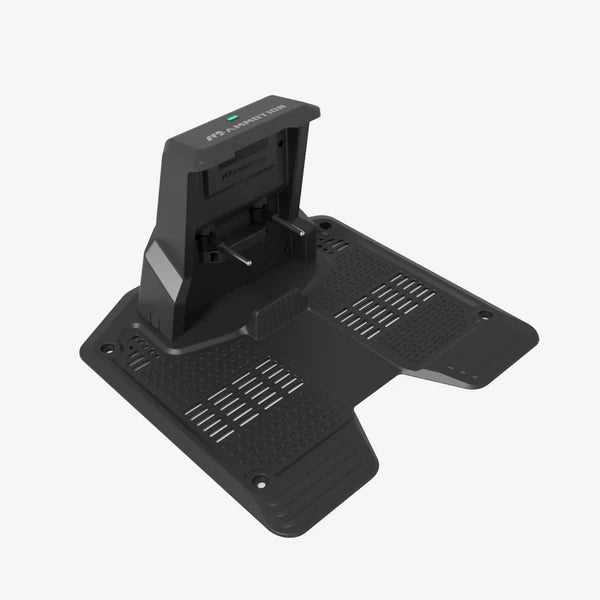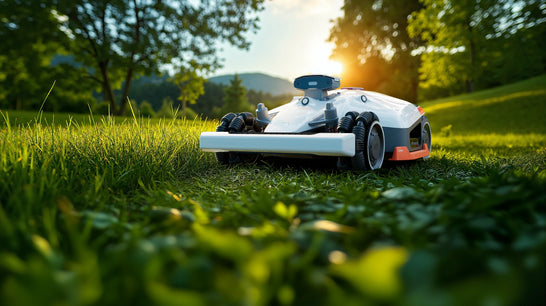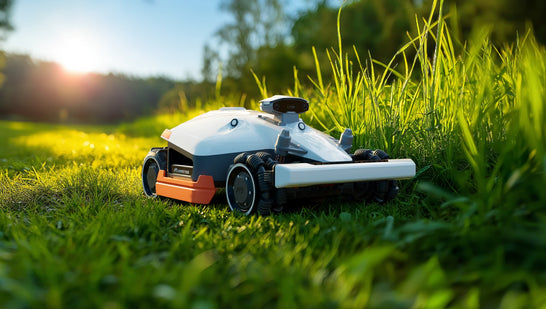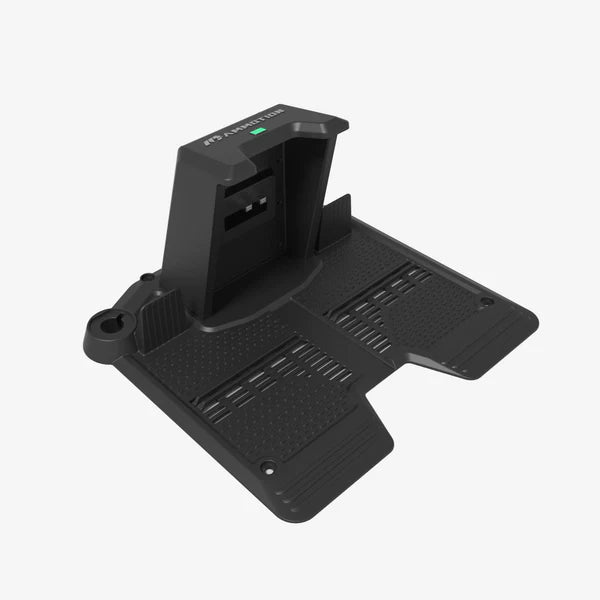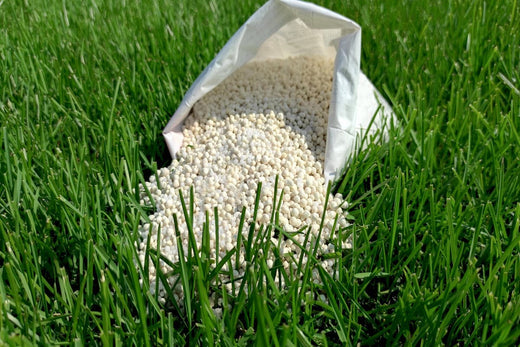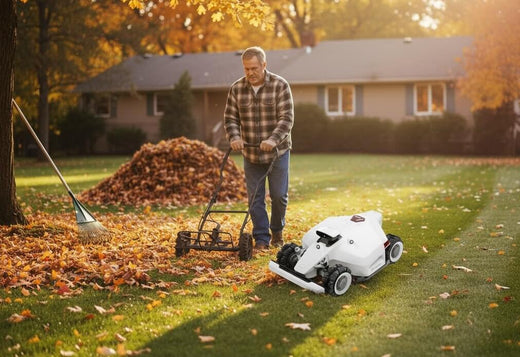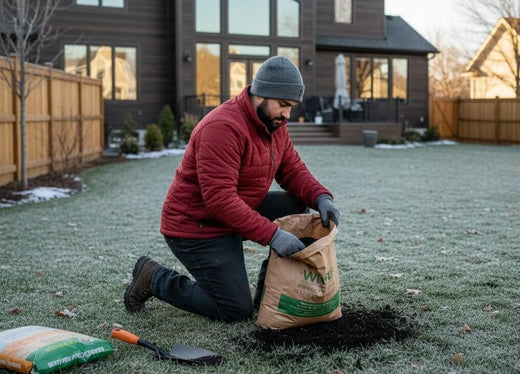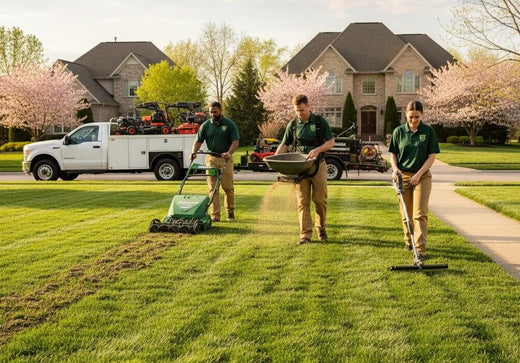If you’re a beginner when it comes to lawn care, fertilizing might seem like a confusing task. But don’t worry! It’s actually one of the most important things you can do to create a healthy, green lawn. Fertilization replenishes nutrients that your grass needs to thrive, especially after winter when the soil is depleted of essential elements. With the right knowledge, you’ll be able to choose the right fertilizer and apply it at the right time to ensure your lawn remains lush and healthy throughout the growing season.
In this guide, I’ll walk you through everything you need to know about fertilizing your lawn—from why it’s necessary to how to choose the right product for your specific needs.
Why Do You Need to Fertilize Your Lawn?
Lawn care is more than just mowing. Over time, the soil in your yard loses important nutrients due to things like weather, mowing, foot traffic, and natural decomposition. Grass needs these nutrients to grow properly, and without them, it can become weak, patchy, and prone to diseases or pests. Fertilizer helps replenish these nutrients, providing the essential elements your lawn needs to stay healthy and strong.
Spring is especially important because it’s when your grass starts to grow again after the cold months. Fertilizing in spring gives your lawn the boost it needs to establish a strong root system and accelerate growth. The right fertilizer not only supports healthy grass growth but also enhances the color and density of your lawn, making it thick, lush, and visually appealing.
Without proper fertilization, your grass may struggle to grow, and you might end up with a weak lawn susceptible to weeds, pests, and disease. Fertilizer also improves your lawn’s ability to resist drought by promoting deep root growth. Simply put, a well-fed lawn is a more resilient lawn.
How to Choose the Right Fertilizer
Fertilizer selection can feel overwhelming, but understanding a few basics will make it much easier. The right fertilizer will depend on your lawn’s specific needs, which are influenced by grass type, soil condition, and your local climate. Here’s a breakdown to help you get started:
1. Understand the NPK Ratio
Every fertilizer package has a series of three numbers, like 20-10-10 or 16-4-8. These numbers represent the NPK ratio—Nitrogen (N), Phosphorus (P), and Potassium (K). Nitrogen encourages lush, green growth; phosphorus supports root development; and potassium strengthens your grass, making it more resilient against drought and disease.
For most lawns, a high-nitrogen fertilizer is ideal in the spring because it promotes the rapid growth and greening that your lawn needs at this time. However, a soil test is the best way to determine exactly what your lawn is lacking so you can choose a fertilizer with the right nutrient balance.
2. Choose Between Slow-Release and Quick-Release Fertilizers
Slow-release fertilizers provide nutrients gradually over time, reducing the risk of over-fertilizing and requiring fewer applications. These are great for beginners who want a low-maintenance option.
Quick-release fertilizers deliver nutrients immediately, giving your lawn a fast boost. However, they need to be applied more carefully to avoid fertilizer burn.
3. Decide Between Organic and Synthetic Fertilizers
Organic fertilizers are made from natural materials like compost or manure. They improve soil health over time and are environmentally friendly, but they may act more slowly.
Synthetic fertilizers are chemically formulated for fast and targeted results. They’re widely available and easy to use but may not enhance soil quality in the long term.
4. Match Fertilizer to Grass Type and Season
Cool-season grasses (e.g., Kentucky bluegrass, fescues) and warm-season grasses (e.g., Bermudagrass, Zoysia) have different nutrient needs, so make sure your fertilizer matches the type of grass in your yard. Also, look for products labeled for spring use, as they’re designed to deliver the nutrients your lawn needs this time of year.
5. Look for Additional Features
Some fertilizers include added benefits, like weed control or pest prevention. If you’re dealing with a specific issue, like crabgrass, consider a combination product like "weed and feed."
When to Fertilize Your Lawn?
Timing is a critical factor when fertilizing your lawn. Applying fertilizer at the wrong time can lead to wasted product, unhealthy grass, or even environmental damage. Here’s a breakdown of when to fertilize based on grass type and seasonal considerations:
Cool-Season Grasses
Cool-season grasses like Kentucky bluegrass, perennial ryegrass, and tall fescue thrive in cooler temperatures and start growing actively in early spring. For these lawns, the best time to fertilize is early to mid-spring when the soil temperature reaches around 55°F. You’ll notice that your grass begins to green up and show signs of active growth, which signals it’s time for a nutrient boost.
Warm-Season Grasses
Warm-season grasses like Bermudagrass, St. Augustine, and Zoysia remain dormant through early spring. These lawns shouldn’t be fertilized until late spring or early summer when they’ve fully emerged from dormancy. Soil temperatures need to consistently reach around 60°F for warm-season grasses to start growing vigorously. Fertilizing too early can lead to nutrient waste or weed growth.
Consider Local Weather Conditions
Weather plays a significant role in determining the right time to fertilize. Avoid fertilizing if heavy rain is forecasted, as the nutrients can wash away before your lawn absorbs them. Similarly, avoid applying fertilizer during a late frost, as this can stress your grass instead of promoting growth.
Use a Soil Thermometer
A soil thermometer is an inexpensive tool that can help you accurately gauge soil temperatures, ensuring you’re fertilizing at the optimal time for your grass type.
Step-by-Step Guide to Fertilizing
Fertilizing your lawn doesn’t have to be complicated. With the right preparation and tools, you can easily apply fertilizer and give your grass the nutrients it needs to thrive. Follow this simple step-by-step guide to ensure success:
1. Prepare Your Lawn
- Mow your lawn a few days before fertilizing, but don’t cut it too short. This helps expose the soil to the fertilizer while protecting the grass blades.
- Clear your lawn of debris like leaves, sticks, and weeds to ensure even fertilizer application.
2. Choose the Right Equipment
- A broadcast or rotary spreader is ideal for large lawns because it spreads fertilizer evenly over a wide area. For smaller lawns, a handheld or drop spreader works well.
- Calibrate your spreader according to the instructions on your fertilizer bag to ensure proper coverage.
3. Apply the Fertilizer
- Fill your spreader on a hard surface, like a driveway, to prevent spills on the grass.
- Walk steadily across your lawn in straight lines, slightly overlapping each pass to avoid missed spots. For even coverage, apply half the fertilizer in one direction and the other half perpendicular to the first pass (e.g., north-south and then east-west).
4. Water Your Lawn
- After applying the fertilizer, water your lawn thoroughly to help the nutrients soak into the soil. This is especially important if you’re using quick-release fertilizers, which need moisture to activate.
- For slow-release fertilizers, check the product instructions, as some don’t require immediate watering.
5. Clean Up
- Sweep up any fertilizer that lands on sidewalks, driveways, or patios to prevent it from washing into storm drains, which can harm the environment.
- Store any leftover fertilizer in a cool, dry place, away from direct sunlight or moisture.
Common Mistakes Beginners Should Avoid
Fertilizing your lawn is a straightforward process, but there are some common pitfalls that can undermine your efforts. By steering clear of these mistakes, you’ll ensure your lawn gets the best possible care:
1. Over-Fertilizing
Applying too much fertilizer can cause "fertilizer burn," which damages your grass and leaves unsightly brown patches. Follow the instructions on the product label and resist the urge to use more than recommended. Remember, more isn’t always better.
2. Fertilizing at the Wrong Time
Timing is everything. Fertilizing too early in the spring or too late in the season can lead to wasted nutrients or stress on your lawn. Always match your fertilization schedule to your grass type and local weather conditions.
3. Neglecting to Water After Fertilizing
Watering your lawn after applying fertilizer is crucial for activating the nutrients and helping them soak into the soil. Skipping this step can lead to uneven results or even harm your grass if the fertilizer sits on the surface too long.
4. Using the Wrong Fertilizer
Not all fertilizers are created equal. Using a product that doesn’t match your lawn’s needs, such as one with the wrong NPK ratio, can lead to poor results. Take the time to choose the right fertilizer for your grass type and soil conditions.
5. Ignoring Application Techniques
Uneven application can create streaks or patches in your lawn where some areas get too much fertilizer and others get too little. Use a spreader for even coverage, and overlap your passes slightly to avoid missed spots.
6. Applying Fertilizer in the Wrong Weather
Fertilizing before heavy rain can wash the nutrients away, while applying it during a dry spell without proper watering can leave your lawn stressed. Check the weather forecast and plan your application for a mild, calm day.
7. Not Testing Your Soil
Skipping a soil test means you’re guessing at what your lawn needs. A simple soil test can reveal deficiencies and help you choose the right fertilizer, saving you time and money in the long run.
Conclusion
Fertilizing your lawn is one of the most important steps you can take to maintain a healthy, green yard that thrives all season long. By understanding your lawn’s unique needs, choosing the right fertilizer, and applying it at the correct time and in the right way, you set your grass up for long-term success.
As a beginner, it’s natural to feel unsure at first, but with a little patience and consistency, you’ll see the benefits of proper fertilization in no time. A lush, vibrant lawn isn’t just an aesthetic boost—it’s a rewarding reflection of the care you’ve put into it. Start small, avoid common mistakes, and remember that every lawn is different. With these tips, you’ll be on your way to achieving a lawn you can be proud of.

